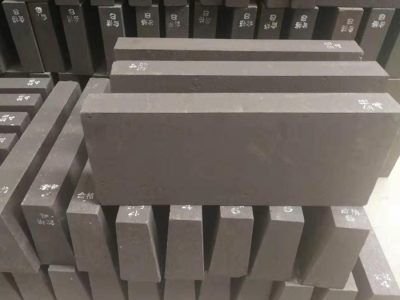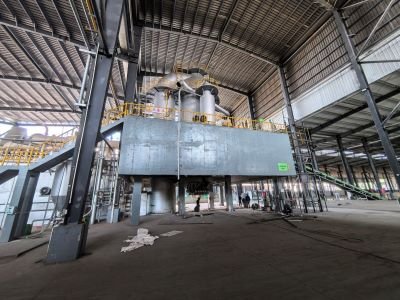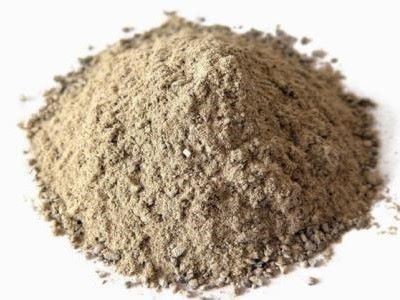Oxygen-enriched side-blown furnaces are core equipment used in the metallurgical industry to process complex materials. The high temperatures and highly corrosive environment within these furnaces place stringent demands on refractory materials.
The choice of refractory materials directly impacts furnace lifespan, production efficiency, and operational safety, requiring careful selection based on operating conditions.
1.The main application scenarios of oxygen-enriched side-blown furnace refractory materials
Specialized refractory materials are required for the lining, roof, and tuyere of oxygen-enriched side-blown furnaces.

First, the lining, as a structure in direct contact with the high-temperature melt, must withstand temperatures exceeding 1600°C and slag erosion. Therefore, magnesia-chrome bricks or alumina-magnesia castables are typically used here, as they offer excellent high-temperature strength and slag resistance.
Second, the roof area is subject to thermal shock and airflow erosion. Corundum or silica refractory bricks, which offer better thermal shock resistance, are required to prevent cracking and spalling.
Furthermore, the tuyere area, due to the high-velocity injection of oxygen-enriched gas, demands extremely high material wear resistance and structural stability. Therefore, silicon carbide products or composite bricks are often used in combination to ensure long-term operational reliability.
2.Core performance requirements that refractory materials must meet
Under the demanding operating conditions of an oxygen-enriched side-blown furnace, refractory materials must possess multiple properties.
First, high-temperature stability is essential. The material must withstand prolonged high temperatures without softening or deformation, maintaining volume stability. Second, resistance to chemical attack is crucial. Acidic or alkaline oxides in the slag can corrode the material, so slag resistance must be enhanced by adjusting the chemical composition (e.g., increasing the MgO content).

Furthermore, thermal shock resistance is crucial. Temperature fluctuations during furnace startup and shutdown can easily cause cracking. Therefore, particle size distribution and binder optimization are necessary to reduce the thermal expansion coefficient.
Finally, mechanical strength must meet the structural support requirements of the furnace to prevent damage from material impact.
3.Key considerations for refractory selection
When selecting refractory materials for oxygen-enriched side-blown furnaces, multiple factors must be considered.
First, they must be compatible with the specific operating conditions within the furnace. For example, the composition of the processed material, the temperature profile, and the operating pressure may necessitate different material configurations for different locations.
Second, economic efficiency must be balanced. While high-performance materials may be more expensive, they can extend furnace life, reduce downtime and maintenance, and offer better overall benefits.

Furthermore, ease of construction is equally important. The selection of precast bricks or castables must be considered in conjunction with on-site construction conditions to ensure installation quality. Therefore, a scientific plan must be developed based on actual needs, avoiding the blind pursuit of high performance at the expense of compatibility.
Selecting the right refractory supplier is crucial for ensuring stable furnace operation. A high-quality supplier not only provides standard materials but also offers technical support and customized solutions tailored to the specific operating conditions, ensuring maximum refractory performance.
